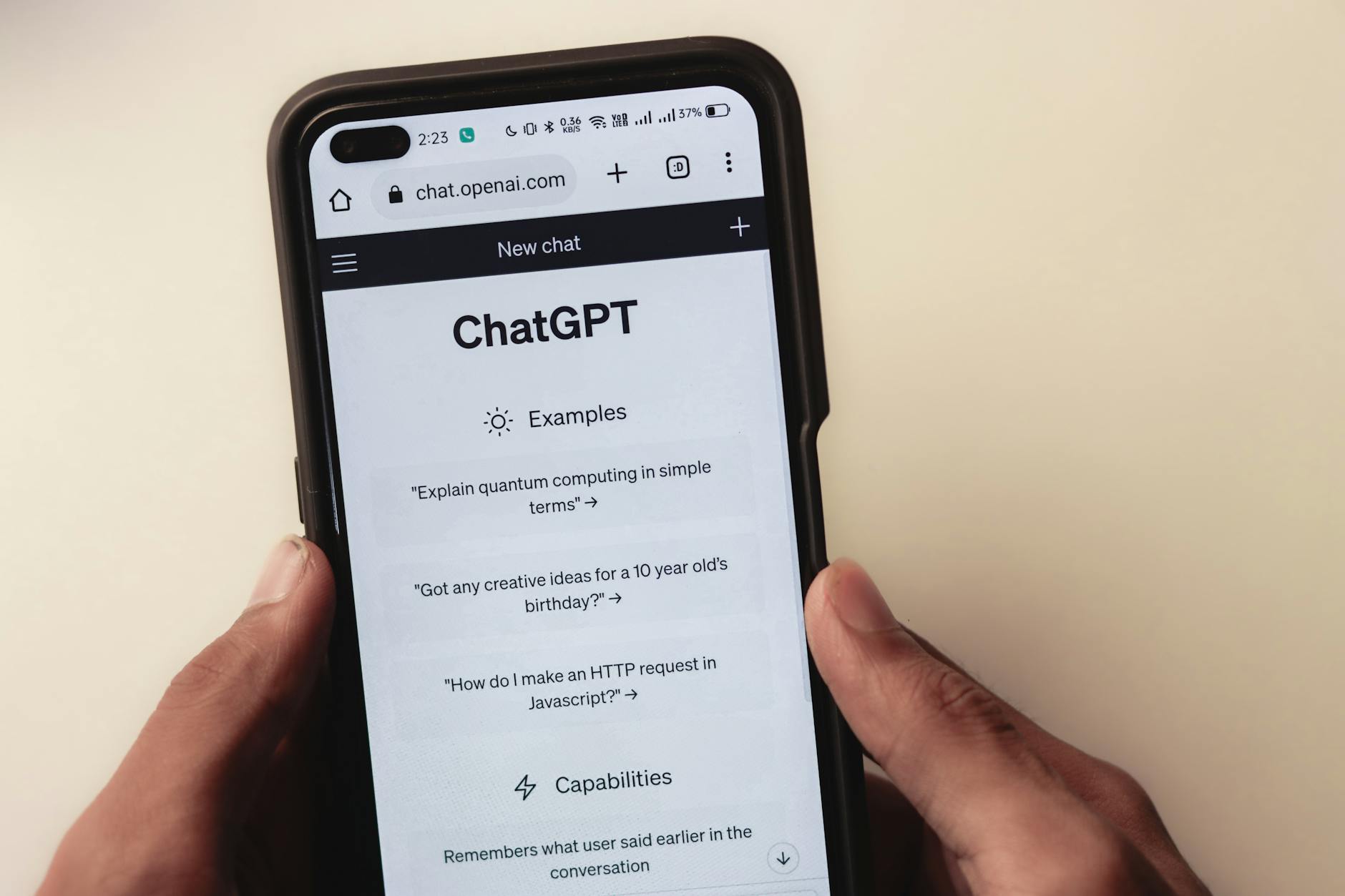Google is setting a brisk pace in the race to refine smartphone technology with its recent unveiling of the Pixel 10 series, challenging Apple's technological innovation. This fresh lineup not only advances Google's foothold in hardware but also broadcasts the company's robust integration of artificial intelligence, distinguishing itself from the typical enhancements seen in Apple's upcoming releases.
At the core of the Pixel 10 series is Google's Tensor G5 processor, an engine designed specifically for AI-accelerated tasks. This piece of custom silicon powers the Gemini Nano model, showcasing Google's ambition to embed AI deeply into the user experience. Notable among the new features is Visual Overlays, which utilizes the phone's camera to provide real-time, AI-driven insights about one's surroundings. For instance, while navigating foreign locales, this feature might highlight street parking signs, easing the usual travel hassles.
Another innovative addition is the Magic Cue, which acts like a digital butler, surfacing contextual suggestions across various applications. Building on the foundation laid by Google Now, Magic Cue smartly integrates into daily digital interactions, demonstrating a leap toward more intuitive technology that anticipates user needs before they even articulate them. Such features underscore Google's long-standing vision of creating a seamless interaction between AI and user interface, a concept that could reshape how we interact with our digital devices.
Moreover, Google's Camera Coach and Auto Best Take features aim to enhance photographic capabilities without the steep learning curve typically associated with professional photography. By analyzing multiple images to select the best shot or providing composition advice, Google leverages AI to not only enhance the quality of photographs but also to make high-quality photography more accessible to the average user.
In a significant move in utilities, the introduction of Voice Translate could revolutionize communication barriers, translating phone conversations in real-time with what promises to be an unparalleled accuracy. This feature speaks volumes about Google's commitment to making AI practical and universally beneficial, targeting global travelers and multinational professionals.
While Apple continues to improve upon its staple features like camera quality and device aesthetics, Google's strategic integration of AI into the Pixel 10 underscores a broader vision. It's not just about creating a smartphone; it's about crafting a smarter experience-turning the device in your pocket into an active participant in your day-to-day activities. Google’s approach could potentially set new standards for what consumers expect from their devices, raising questions about the future directions of smartphone technology. As reported by TechCrunch, these advancements might just give Google the edge it needs to redefine smartphone utility and user interaction in an increasingly AI-driven world.
This evolution in smartphone technology is not merely a step forward; it may well be the blueprint for the next generation of mobile communication, blending AI with everyday tasks to create a more intuitive, helpful, and engaging user experience. The question now is not if, but how quickly, competitors will follow suit and what this means for the future of mobile technology.



